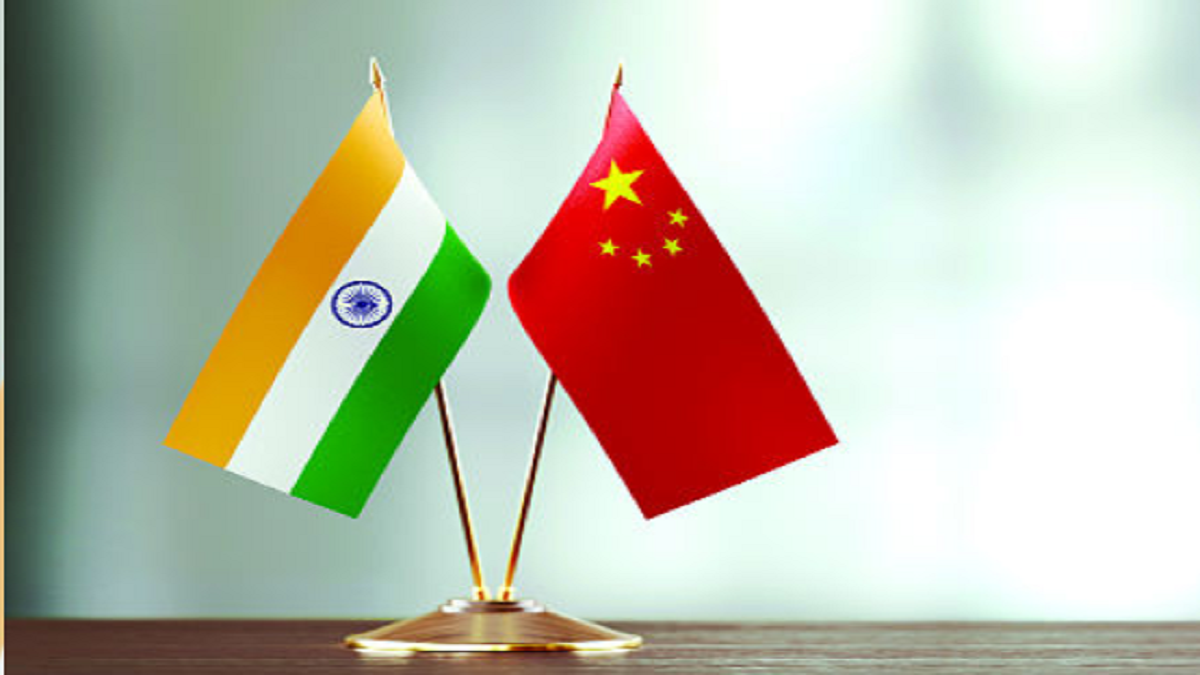


The 16th round of Corps Commander level talks between India and China began on Sunday for disengagement along the Line of Actual Control (LAC) in the Eastern Ladakh. According to Defence Ministry sources, the meeting took place at the Chushul-Moldo border meeting point on the Indian side of the LAC.
The Indian side is led by Fire and Fury Corps Commander Lt Gen A Sengupta. The 15th round China–India Corps Commander level meeting was held on 11 March this year. The two sides carried forward their discussion from the previous round held on 12 January for the resolution of the border dispute along the LAC and all relevant issues pertaining to it.
The two sides had a detailed exchange of views in keeping with the guidance provided by the political leadership of both countries to work for the resolution of the remaining issues at the earliest. The commanders reaffirmed that such a resolution would help restore peace and tranquillity along the LAC in the Western Sector and facilitate progress in bilateral relations.
Both sides also agreed to maintain security and stability on the ground in the Western Sector in the interim. They agreed to maintain dialogue via military and diplomatic channels to reach a mutually acceptable resolution of the dispute.
India and China have been engaged in a standoff since April–May 2020 over the transgressions by the Chinese Army at multiple points including the Finger area, Galwan Valley, hot springs and Kongrung Nala. The situation worsened after violent clashes with Chinese troops in the Galwan Valley in June 2020.
The talks have led to disengagement from some areas including the North and South Banks of Pangong Tso and Galwan but some friction points still remain.